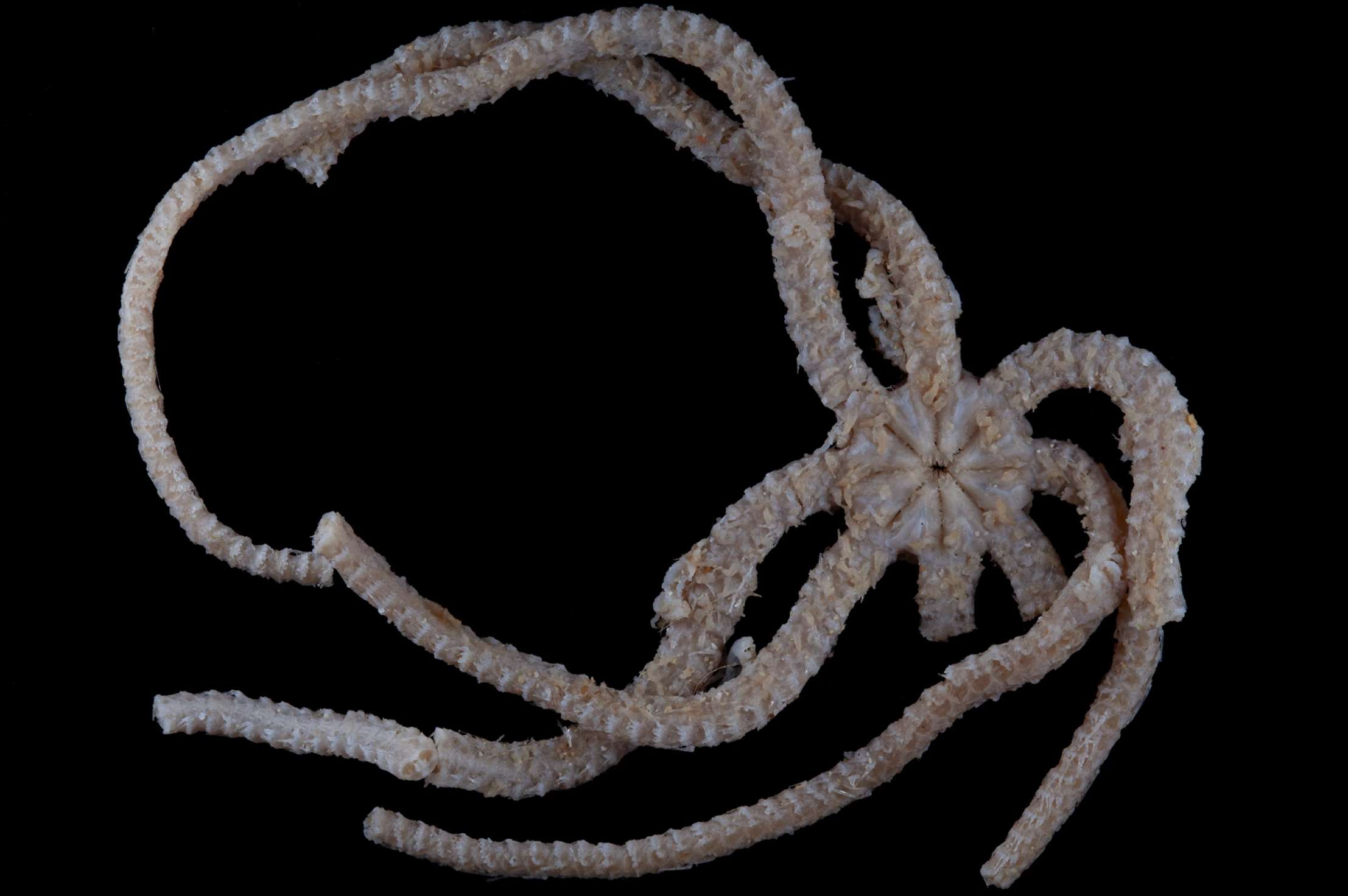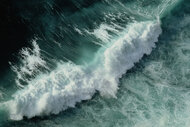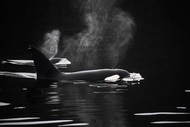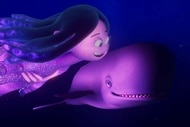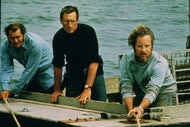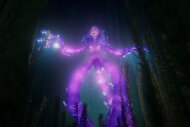Create a free profile to get unlimited access to exclusive videos, sweepstakes, and more!
Horrifying new species of sea creature discovered with hooked arms and eight jaws
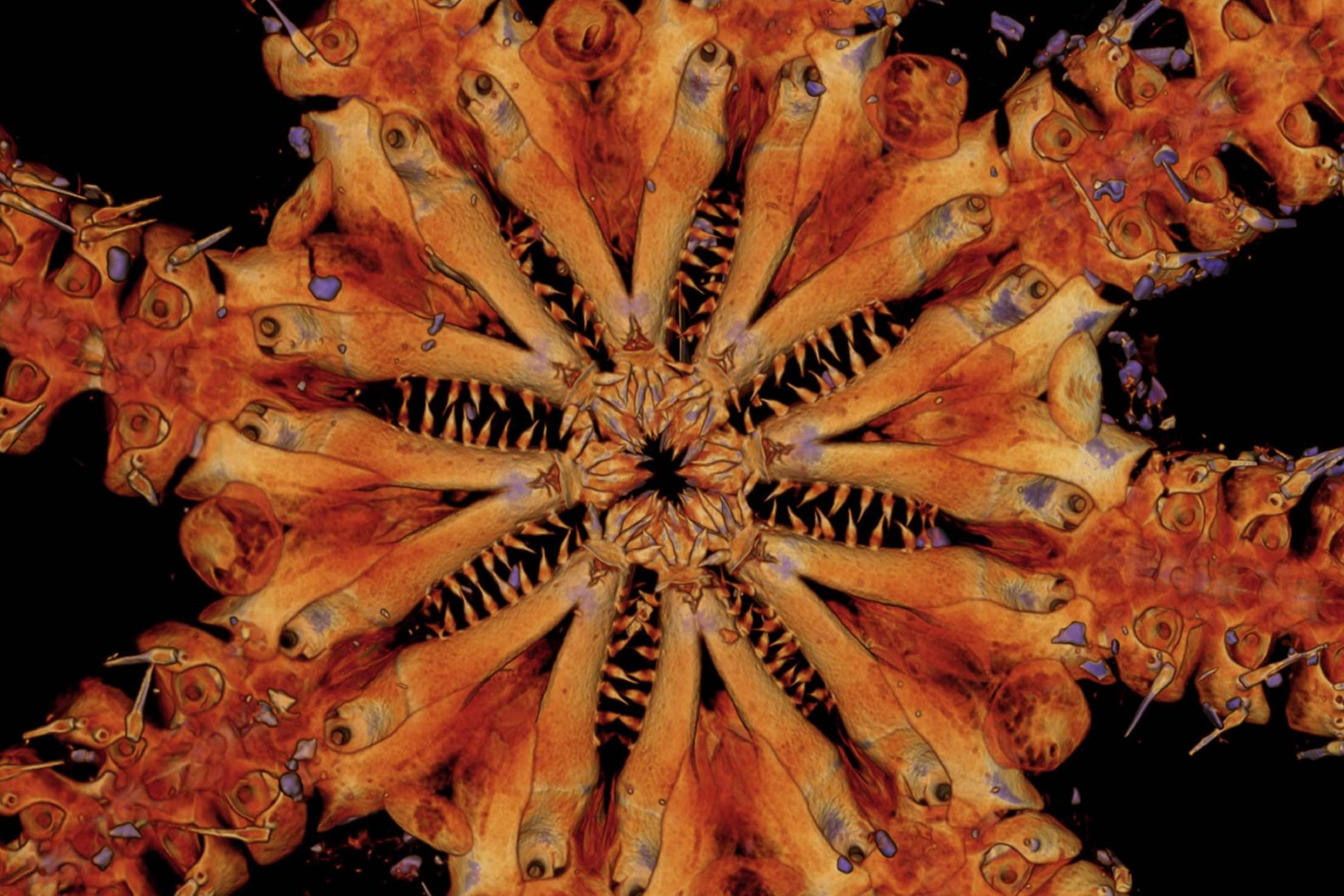
Seemingly direct from some Lovecraftian nightmare in another dimension, a strange new species of sea creature has been discovered by researchers from the French Natural History Museum. It was originally found back in 2011 some 1,640 feet below the ocean’s surface atop a secluded South Pacific seamount called Banc Durand, 124 miles east of New Caledonia, but never studied or categorized until now.
Armed with an array of menacing long hooked tentacles and equipped with dozens of sharp teeth, this newly described one-of-a-kind species of Brittle Star is a marine relict from the prehistoric era. Officially named Ophiojura exbodi, the bizarre deep-sea animal was recently described by lead study author Dr. Tim O’Hara who led a study recently published in Proceedings of the Royal Society B.
Upon investigating the creature, Dr. O’Hara and his team revealed DNA evidence showing that O. exbodi evolved from its nearest living relatives roughly 180 million years ago. This would put its lineage sometime from the Triassic to early Jurassic period, when land-dwelling dinosaurs were beginning their reign. Brittle stars are already strange, but this animal was so bizarre that he and his team found it was not closely related enough to any brittle stars or other echinoderms (which include starfish) to fall under an existing genus, so it was given its own, Ophiojura.
O'Hara believes that what may look ghastly probably evolved arms that could pass for horror movie props because of the need to feed.
“O. exbodi has evolved to feed efficiently in its environment,” he told SYFY WIRE. “Its eight long arms are covered in sticky mucus to catch tiny prey. It has hook-like arm spines that can be used to grasp surfaces and climb or to be used as meat hooks that store food for later. It has a large tube feed to transfer these items of food to the mouth and many bristling teeth to stop prey escaping and to shred larger prey.”
As if those arms are not freaky enough, they have skeletal structures (below) that O’Hara refers to as “pig-snout features” because, when observed up close, they appear as micro-snouts with two nostrils. Only an electron microscope can see them. These features are actually where small spines emerge from the bony plates of the arm, with one of the “nostril” holes for the spine nerve and one for the muscle that gives that spine the ability to move.
Because these features have remained mostly the same since the Jurassic, matching them up wtih fossils made a connection to some of the scary starfish's ancestors.
Being a relict species or "living fossil" makes it easier to match an extant species with its extinct ancestors. Relict species are classified as those which have persisted untouched by evolution for millions of years. What’s most interesting to O’Hara is that scientists have found tiny fossil bones resembling this odd new species in Jurassic rocks in northern France. But what genetically distanced it so much from other echinoderms? Even in so-called living fossils, mutations will slowly alter DNA sequences in subsequent generations. As these differences evolve, they are used to see how closely related species are to each other and when one species evolved enough to diverge from another.
“An intriguing fact is that the 180 million-year-old ancestor of Ophiojura exbodi lived in a completely different part of the world and at a much shallower depth,” said paleontologist Ben Thuy of the National History Museum in Luxembourg, a coauthor of the study. “That environment is best described as a subtropical near-shore rock reef, while the recent specimens were collected in the deep sea. This implies the group has undergone significant changes in distribution.”
O. exbodi has still remained mostly unchanged since it shared a planet with monstrous reptiles. With tropical environments being some of the oldest on Earth, the creature’s environment hasn’t changed much since then. Hundreds of millions of years ago, it was warmer everywhere without a large difference in temperature between the equatorial and polar extremes. That changed around 50 million years ago when things started to cool down and even freeze.
“The old fauna retreated to the tropical regions, and new species evolved at cold polar and temperate latitudes,” O’Hara said. “Flora and fauna that have died out elsewhere still exist in the tropics today.”
Thuy believes that prehistoric Ophiojura species were once distributed over a much larger area, though they can now only known to live in New Caledonia. Because he and his colleagues now know what the fossilized remains of O. exbodi’s mystery ancestor look like, and also because a nearly unchanged environment made the two so similar, they can search for similar traits on the fossil record to see if there are any other ancestors hiding in plain sight.
“The environments along the upper slopes of the tropical oceans are among the most resilient from an evolutionary perspective, implying that these areas tend to preserve ancient groups that have gone extinct in all other parts of the world oceans,” he said.
Seamounts, such as the location O. exbodi was trawled up from, are mostly submerged volcanoes that formed millions of years ago. These volcanic geologic features often rise above the ocean’s surface, creating an island volcano where coral reefs bloom around the island shoreline. When the volcano dies out, rocks cools and the heavy basalt causes the seamount to sink into the soft oceanic crust. Over vast periods of time, seamounts will drop hundreds or even thousands of feet below sea-level to become blanketed again in a deep-sea fauna.
In July-August 2021, O’Hara will head up a 45-day voyage on Australia’s oceanic research vessel, the RV Investigator, to explore more seamounts around Christmas and Cocos (Keeling) Islands in the eastern Indian Ocean and hopefully find more rare creatures of the deep.
“Many seamounts are still unexplored,” he said. “For that reason, we are hoping to find more relict animals from the dinosaur era.”
